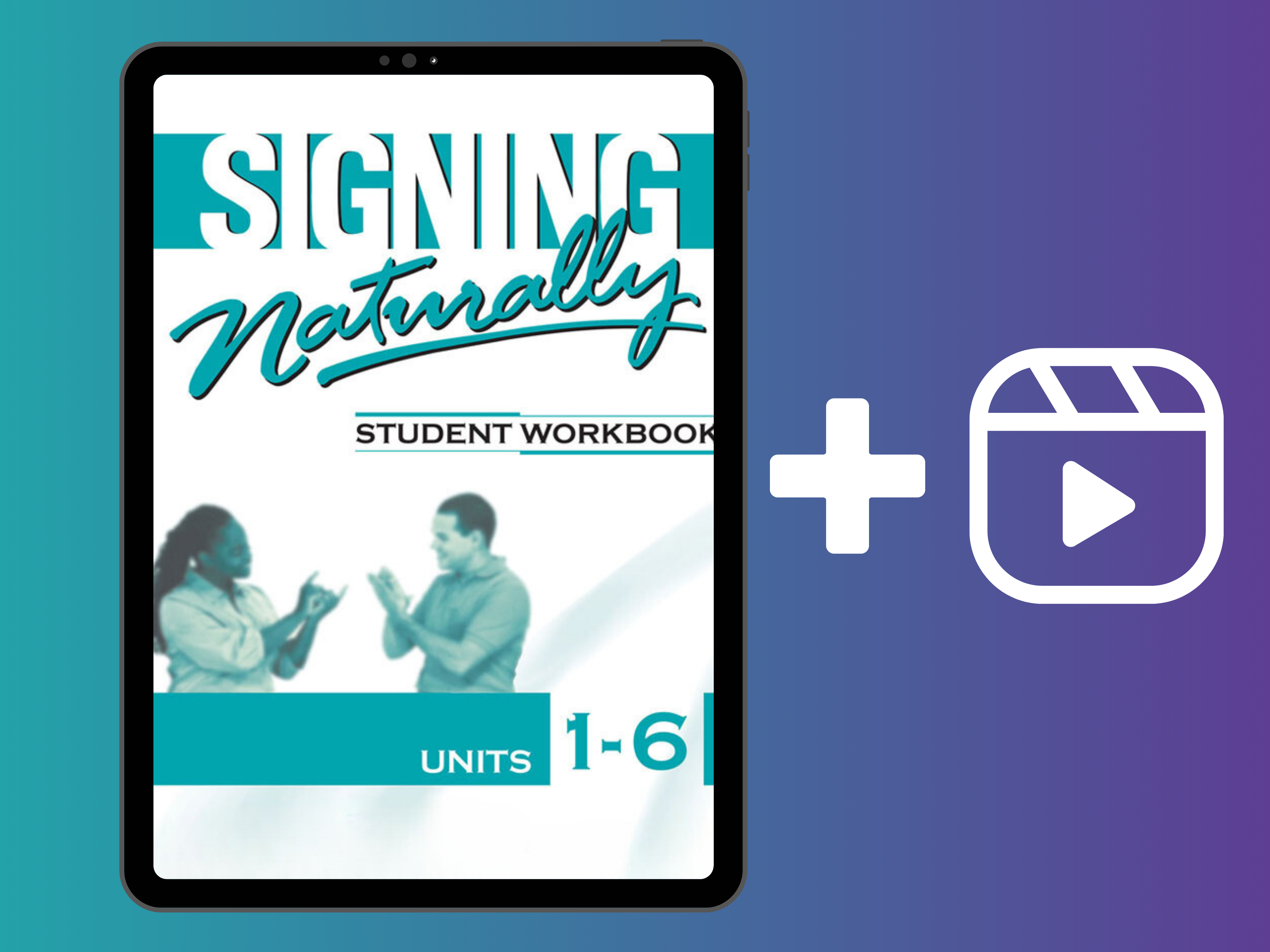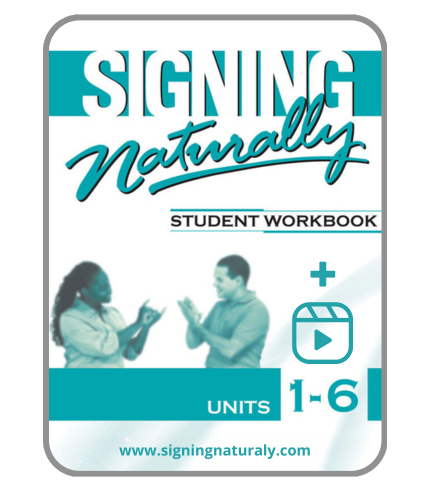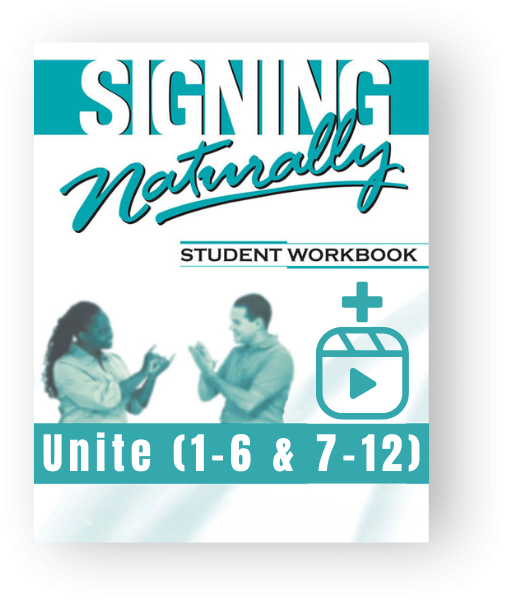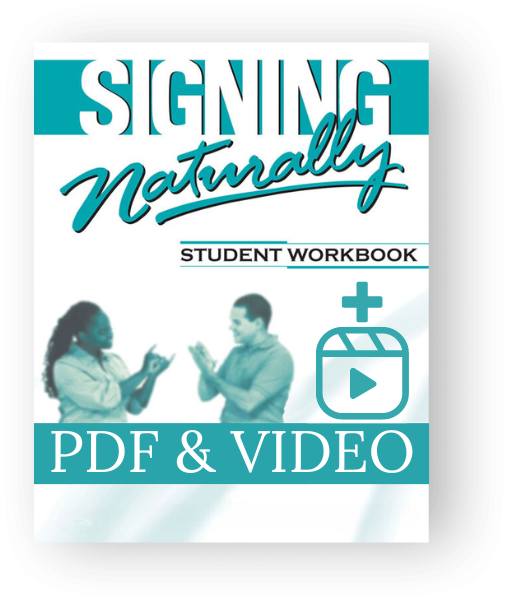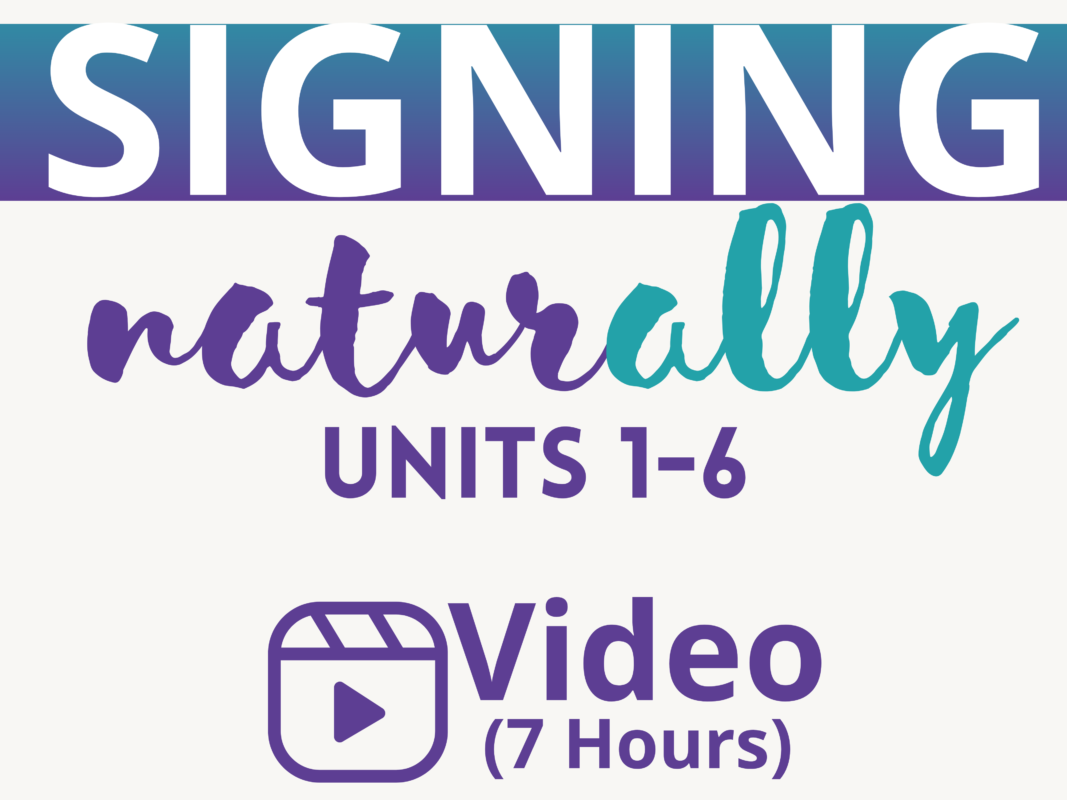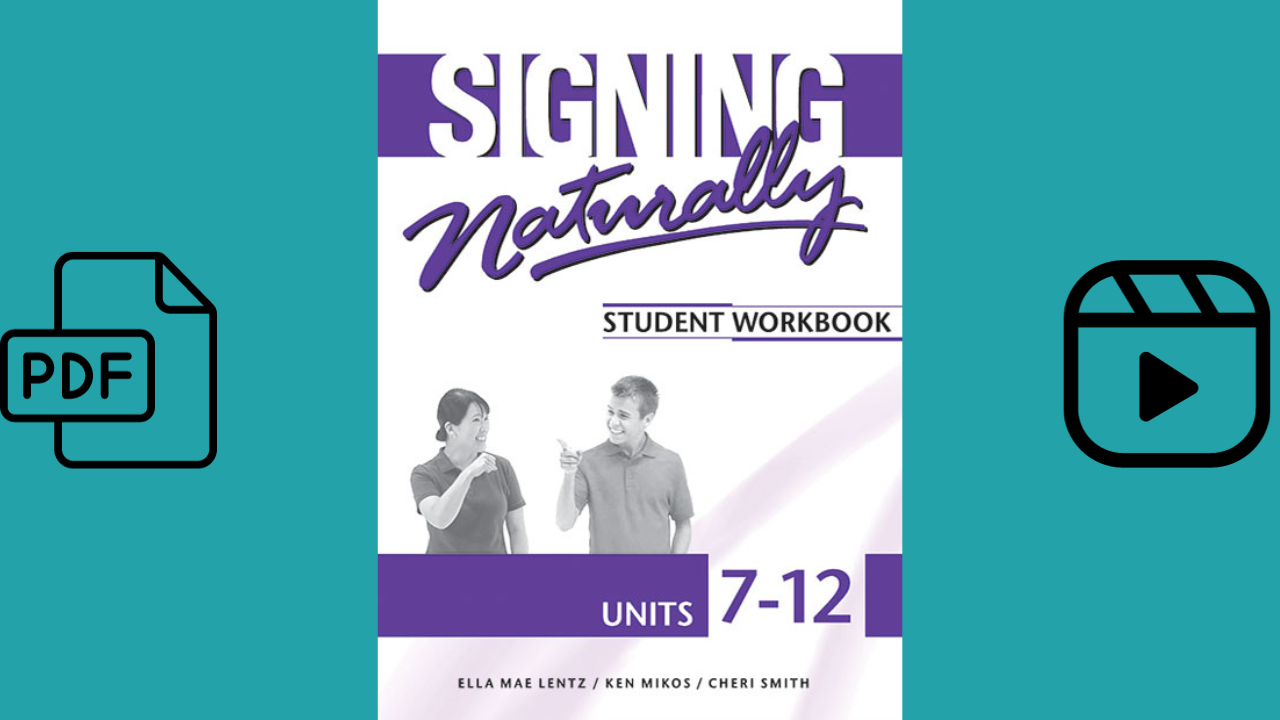Introduction
Are you diving into Signing Naturally Unit 2 and eager to maximize your learning experience? This essential unit bridges the gap between introductory ASL concepts and more advanced communication skills. In this detailed review, we’ll uncover the key highlights of Signing Naturally Unit 2, exploring its core components, objectives, and practical applications. Whether you’re a new student or looking to refresh your knowledge, this guide will provide you with valuable insights to enhance your ASL proficiency and ensure you get the most out of this unit.
Body
What’s Covered in Signing Naturally Unit 2?
Signing Naturally Unit 2 is designed to expand on the foundational skills introduced in Unit 1, focusing on everyday interactions and conversational abilities. Here’s a breakdown of the key highlights:
- Expanded Vocabulary: Unit 2 introduces a broader range of vocabulary, emphasizing everyday terms and phrases. You’ll learn signs related to daily routines, common activities, and essential conversational elements.
- Interactive Dialogues: The unit features practical dialogues that simulate real-life conversations. These dialogues are crucial for practicing new vocabulary in context and improving your ability to engage in spontaneous communication.
- Deeper Grammar Insights: Building on the basics from Unit 1, this unit delves into more complex grammatical structures. You’ll explore sentence formation, question structures, and the use of non-manual markers to convey nuanced meanings.
- Cultural Context: Understanding Deaf culture is a significant part of ASL learning. Unit 2 integrates cultural insights, offering a glimpse into Deaf community norms, etiquette, and values. This cultural component enhances your ability to communicate respectfully and effectively.
- Practice Exercises: To reinforce learning, Unit 2 includes various practice exercises and activities. These exercises are designed to help you apply new signs and grammar in practical scenarios, improving your retention and fluency.
Frequently Asked Questions
1. How Does Unit 2 Build on What I Learned in Unit 1?
Unit 2 takes the foundational knowledge from Unit 1 and builds upon it. While Unit 1 introduces basic signs and sentence structures, Unit 2 expands your vocabulary and introduces more complex grammar. This progression helps you transition from simple conversations to more nuanced interactions.
2. What Are the Key Benefits of Learning the Material in Unit 2?
The material in Unit 2 is designed to enhance your conversational skills and deepen your understanding of ASL. Key benefits include:
- Increased Fluency: By practicing more complex dialogues and grammar, you’ll become more fluent in ASL, allowing you to engage in more natural conversations.
- Broader Vocabulary: Learning additional vocabulary helps you communicate more effectively in various situations.
- Cultural Awareness: Gaining insights into Deaf culture ensures that your communication is respectful and informed.
3. How Can I Make the Most of the Practice Exercises?
To maximize the benefit of the practice exercises, consider the following tips:
- Consistency: Practice regularly to reinforce new signs and grammar.
- Real-Life Application: Try using new vocabulary and structures in real conversations with native signers.
- Feedback: Seek feedback from instructors or peers to identify areas for improvement.
4. Are There Additional Resources That Can Help With Unit 2?
Yes, several resources can complement your learning:
- ASL Practice Apps: Use apps that offer interactive exercises and quizzes.
- Online ASL Communities: Join forums or social media groups to practice with others and gain additional tips.
- Supplemental Videos: Watch videos that demonstrate signs and dialogues to see them in action.
5. How Long Should I Spend on Unit 2?
The time needed to complete Unit 2 depends on your learning pace and the amount of time you dedicate to practice. On average, students spend a few weeks to a month mastering the material. Regular practice and engagement with the content will help you progress more quickly.
Conclusion
Signing Naturally Unit 2 is a crucial step in advancing your ASL skills, offering expanded vocabulary, deeper grammatical insights, and practical conversational practice. By focusing on the key highlights of this unit and leveraging the provided resources and strategies, you can enhance your fluency and cultural understanding. Embrace the challenges and opportunities that Unit 2 presents, and enjoy the journey of becoming a more proficient ASL communicator.
Notes
Meta description: Explore the key highlights of Signing Naturally Unit 2 in our comprehensive review. Learn about expanded vocabulary, grammar insights, and practical exercises to boost your ASL skills. Click to discover how this unit can enhance your communication abilities!
Tags: ASL, Signing Naturally Unit 2, American Sign Language, ASL Learning, Sign Language Practice, ASL Vocabulary, Deaf Culture, ASL Grammar, Language Learning, ASL Dialogues

